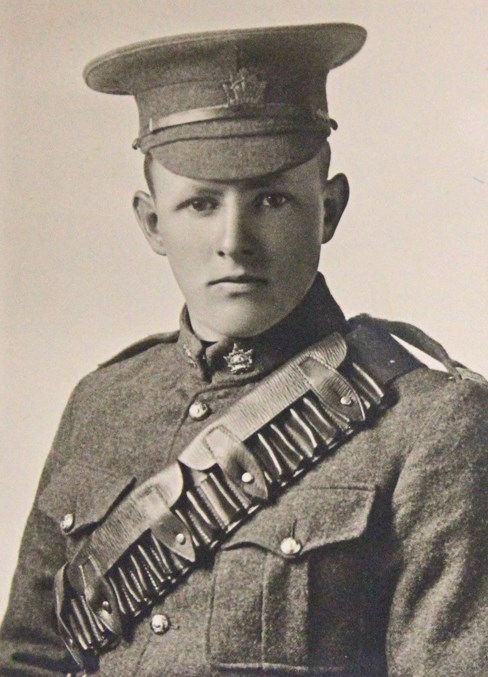In my main Great War article for the Innisfail Province's Remembrance Day 2018 supplement I make reference to the many ways in which efforts were made to commemorate those that had died as a consequence of the Great War.
Whilst the red poppy remains the most enduring and obvious symbol of remembrance a lesser known act of remembrance was the issuing of Memorial Plaques to all the British and Empire next of kin in memory of those that lost their lives in the Great War.
Over 1,335,000 Memorial Plaques were issued, an act that because of its large scale continued well into the 1930s. Each plaque, measuring about 4.75 inches (120 mm) in diameter, was made of bronze utilizing over 450 tons of the alloy. Because of its resemblance to the penny coin, in circulation at that time but measuring only 1.215 inches (30.9 mm) in diameter, Memorial Plaques were unbefittingly nicknamed the “Dead Man's Penny.”
The design portrays an image on Britannia standing alongside a lion. Below an olive wreath is a simple inscription bearing the deceased’s name. A notable aspect of the design is that the name does not include the person's rank as there was to be no distinction between sacrifices made by individuals.
Around the circumference of each plaque are the words “He Died for Freedom and Honour.” In the case of the 600 plaques issued to women the words were change appropriately to “She.”
Each plaque was issued in conjunction with a Memorial Scroll containing a message from King George V simply saying, “I join with my grateful people in sending this memorial of a brave life given for others in the Great War.”
Anyone who wishes to see a Memorial Plaque can view the plaque on display in the Innisfail Royal Canadian Legion (Lest We Forget Room) presented to the family of Pte. Doan Quantz of Innisfail who lost his life in June 1916.
Arno Glover is a member of the Innisfail Royal Canadian Legion.



